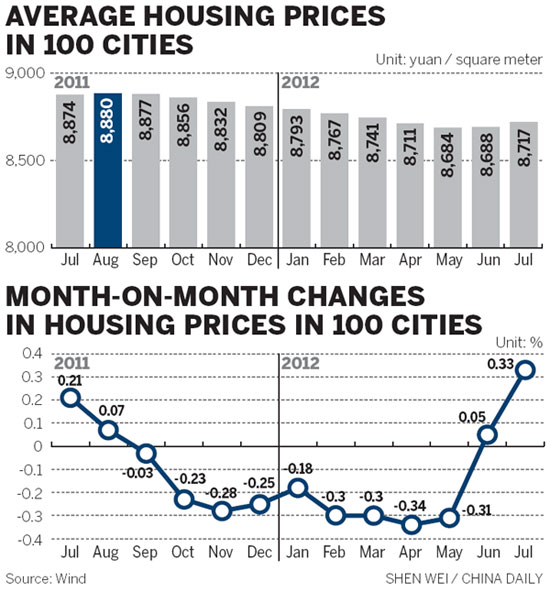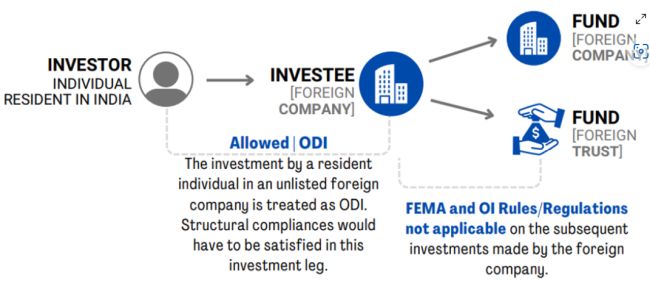Understanding FHA Loan to Value: Maximizing Your Home Financing Options
#### What is FHA Loan to Value?The FHA loan to value (LTV) ratio is a crucial metric in the world of home financing, particularly for those considering an F……
#### What is FHA Loan to Value?
The FHA loan to value (LTV) ratio is a crucial metric in the world of home financing, particularly for those considering an FHA loan. The LTV ratio is calculated by dividing the loan amount by the appraised value of the property. For example, if you are purchasing a home valued at $200,000 and you plan to take an FHA loan of $180,000, your LTV ratio would be 90%. This means you are financing 90% of the home’s value through the loan, while the remaining 10% is covered by your down payment.
#### Importance of FHA Loan to Value
The FHA loan to value ratio plays a significant role in determining your eligibility for an FHA loan. Generally, FHA guidelines allow for a maximum LTV of 96.5%, meaning you can put down as little as 3.5% of the home’s purchase price. This low down payment requirement is one of the key advantages of FHA loans, making homeownership more accessible for first-time buyers and those with limited savings.
Moreover, the LTV ratio can also impact your mortgage insurance premiums. A higher LTV typically results in higher insurance costs, as lenders perceive higher-risk borrowers to be more likely to default on their loans. Understanding your FHA loan to value ratio can help you strategize your down payment and potentially save money on insurance.

#### How to Calculate FHA Loan to Value
Calculating your FHA loan to value ratio is straightforward. First, determine the total amount of your loan. Next, find the appraised value of the property, which is usually conducted by a licensed appraiser as part of the loan approval process. Finally, use the formula:
\[ \text{LTV} = \left( \frac{\text{Loan Amount}}{\text{Appraised Value}} \right) \times 100 \]
For instance, if your loan amount is $150,000 and the appraised value of the home is $200,000, your LTV would be:

\[ \text{LTV} = \left( \frac{150,000}{200,000} \right) \times 100 = 75\% \]
#### Strategies to Improve Your FHA Loan to Value Ratio
If your LTV ratio is higher than you’d like, there are several strategies to improve it. One effective method is to increase your down payment. If you can save more money before purchasing your home, a larger down payment will reduce your loan amount and subsequently lower your LTV ratio.
Another strategy is to work on improving the appraised value of your home. This could involve making home improvements or renovations that increase the property's market value. Additionally, getting multiple appraisals can sometimes yield a higher value, which would also help lower your LTV.

#### Conclusion: Maximizing Your FHA Loan to Value Benefits
Understanding the FHA loan to value ratio is essential for anyone considering an FHA loan. This knowledge not only helps you determine your eligibility but also allows you to make informed decisions about your home financing options. By calculating your LTV and exploring ways to improve it, you can maximize the benefits of your FHA loan, making homeownership a reality for you. Whether you are a first-time buyer or looking to refinance, being aware of your FHA loan to value can significantly impact your financial future.